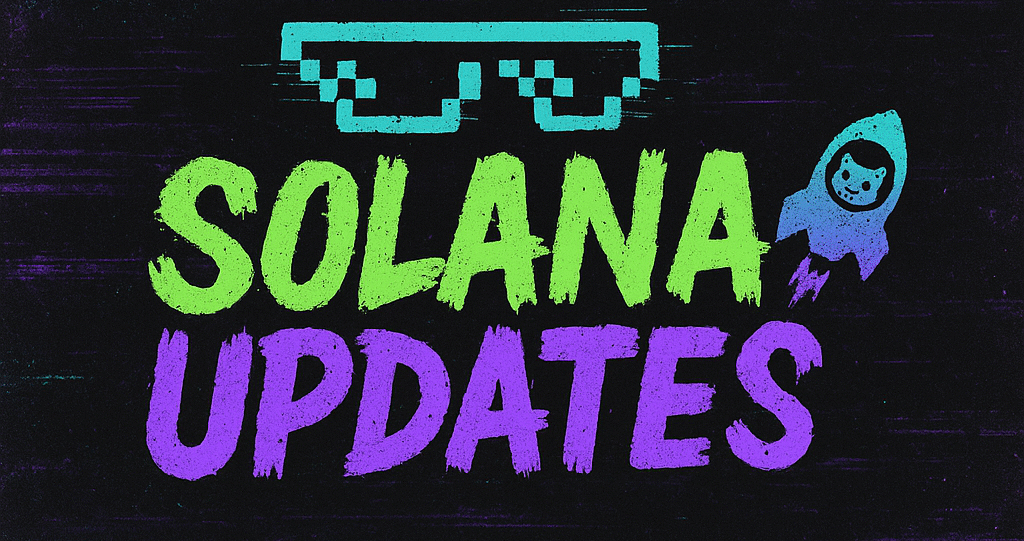State of Crypto: How New Standards Simplify ETF Listings
In a groundbreaking shift within the financial sector, companies aiming to list their cryptocurrency exchange-traded funds (ETFs) will find the process significantly more straightforward. Regulatory bodies have introduced new generic listing standards that streamline the criteria companies must meet, heralding a new era for crypto investments.
Traditionally, the ETF landscape has been fraught with rigorous requirements and exhaustive approval processes, often deterring companies from venturing into this space. However, with the emergence of these revised standards, entities now have a clearer and less bureaucratic path to listing their ETFs.
The New Generic Listing Standards
The updated standards emphasize transparency and simplicity, focusing primarily on ensuring that companies exhibit robust operational frameworks and financial stability. By meeting these baseline criteria, companies can now bypass the previously arduous hurdles that characterized the ETF approval process.
One of the key features of these new standards is their adaptability to a wide array of ETFs, including those focused on diverse aspects of the crypto market. This flexibility promises to foster innovation and encourage a broader spectrum of crypto-related ETFs to enter the market.
Implications for the Crypto Industry
The simplification of the ETF listing process is expected to have profound implications for the crypto industry. By lowering the barrier to entry, more companies are likely to explore ETF offerings, potentially increasing the variety of products available to investors. This could lead to an influx of new capital into the crypto market, enhancing liquidity and market efficiency.
Moreover, the ability to list ETFs more easily could also attract traditional financial institutions that have been hesitant to engage with crypto assets due to regulatory complexities. As these institutions enter the market, their participation could lend further legitimacy and stability to the crypto sector.
Potential Challenges
Despite the optimistic outlook, there are potential challenges that stakeholders must consider. The regulatory bodies will need to maintain a fine balance between facilitating market growth and ensuring adequate investor protection. The introduction of more ETFs could also lead to increased market volatility, especially if the products are not adequately diversified.
Furthermore, there’s a risk that the simplification of the process might lead to an oversaturation of low-quality ETFs, which could undermine investor confidence. To counteract this, regulatory bodies must remain vigilant and ready to adapt the standards as necessary to uphold market integrity.
The Road Ahead
As the crypto industry continues to evolve, the adoption of these new generic listing standards marks a pivotal moment in its maturation. With greater accessibility to ETF listings, the market is poised for growth, innovation, and increased participation from both established financial entities and new entrants.
For investors, these changes herald an exciting time, offering more opportunities to diversify their portfolios with crypto-based products. However, as always, caution and due diligence remain paramount.
In conclusion, the easing of ETF listing requirements is a significant step forward for the crypto industry. As these standards are implemented, the landscape of crypto investing will likely transform, providing new opportunities and challenges alike for all market participants.
🛒 Recommended Product: Check out top-rated crypto gear on Amazon


